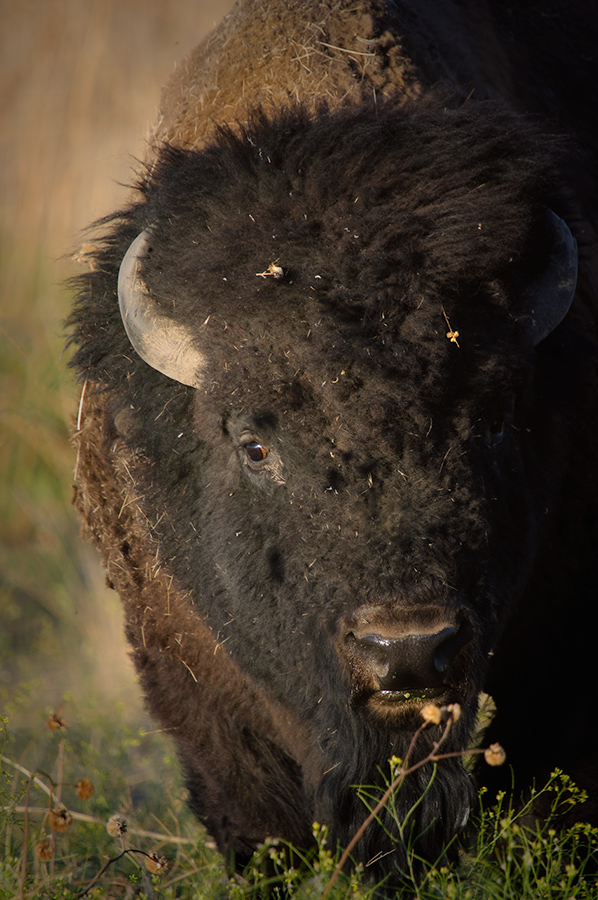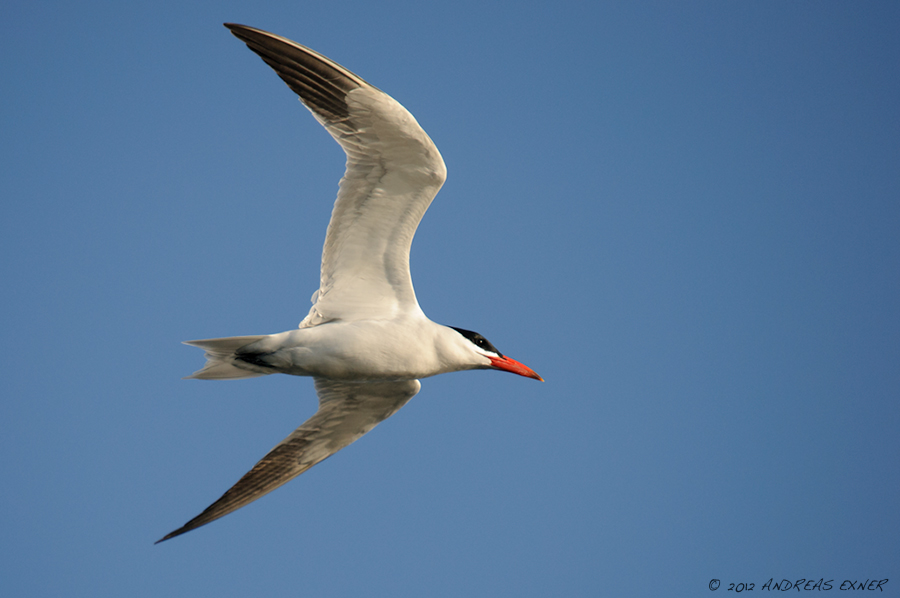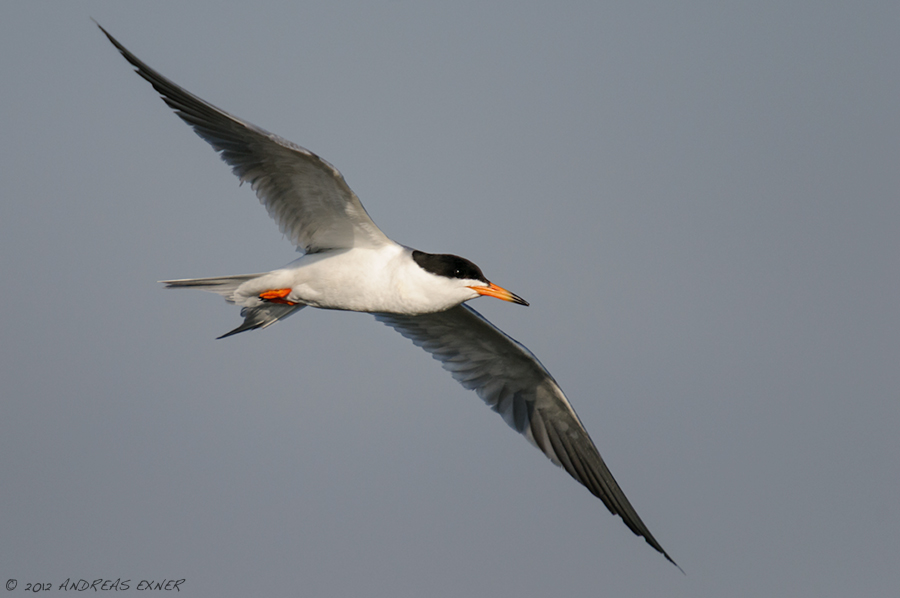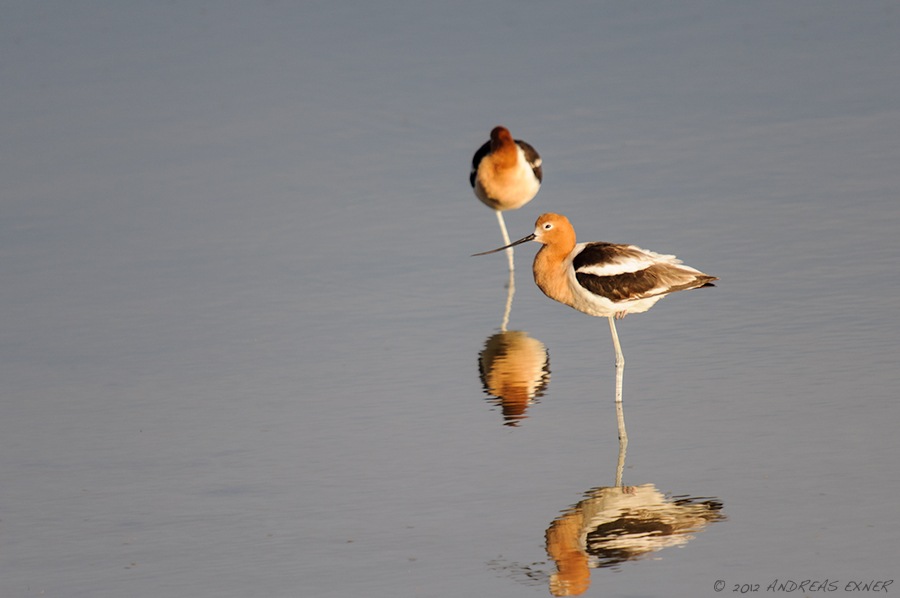
Hi, I'm back home again after another week of business travel. The second part of my trip brought me to Salt Lake City in Utah. I spent three days there and had the chance to shoot two evenings and one morning in one of my favorite locations for wildlife photography. I have written here before about the abundant wildlife on Antelope Island in the Great Salt Lake and it wasn't any different this time. Before I go to a location where I have been before I usually review my previous work and think about new goals I like to meet or particular animals I want to focus on. This time I wanted to pay more attention to shore birds. The island is connected with the main land by a dam and the road on top of it is already a great place to watch out for birds. There were hundreds of American Avocets feeding in the shallow water. I like to show you how the light at different times of the day can change the outcome considerable.

Image #2 was made about mid afternoon. The sun and a very thin layer of clouds made for bright, but still soft light without harsh shadows. It was very acceptable for me.
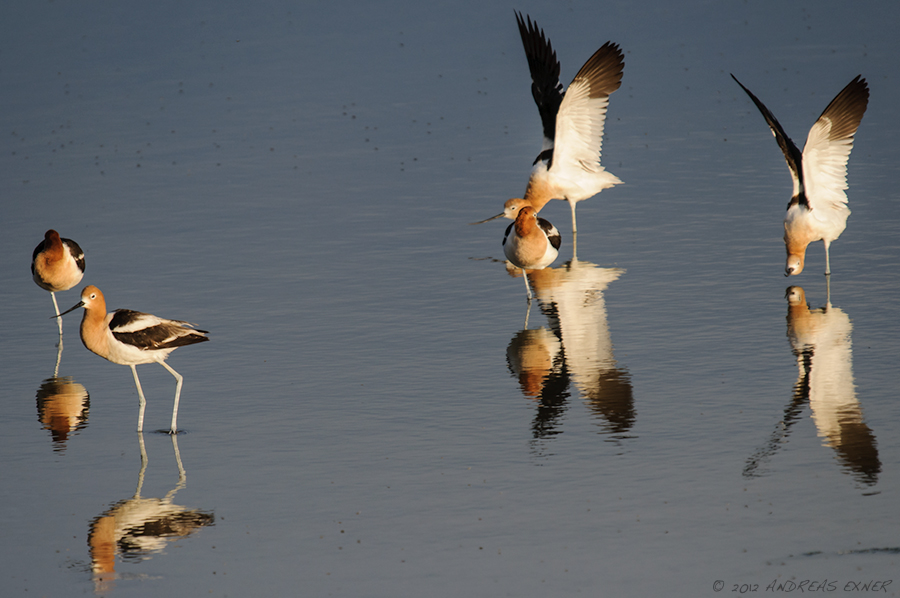
Photos #1 and #3 were made the same day but five hours later at about 8:15PM. The sun was already close to the horizon and the colors developed a wonderful intensity. Oh, I love the evenings at the Great Salt Lake!
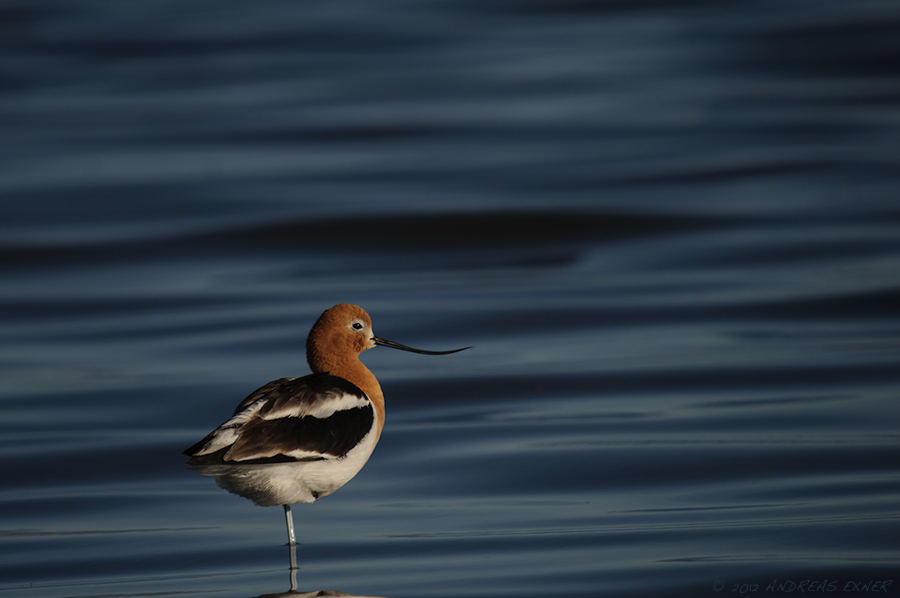
The last picture was made next morning about 7:45AM and the sun had developed some good power already. Dialing in exposure compensation between -1.5EV and -2.5EV kept the white parts of the feathers intact and made also for a nice deep blue color of the water.
Which light situation did I like the best? To be honest, I liked them all. The afternoon light was like working with a softbox. The soft light reflected by the water minimized the shadows underneath the birds. The low sun in the morning and evening made for better colors. It was a great learning experience for me, and yes, the Avocets were very patient ... More to come...





